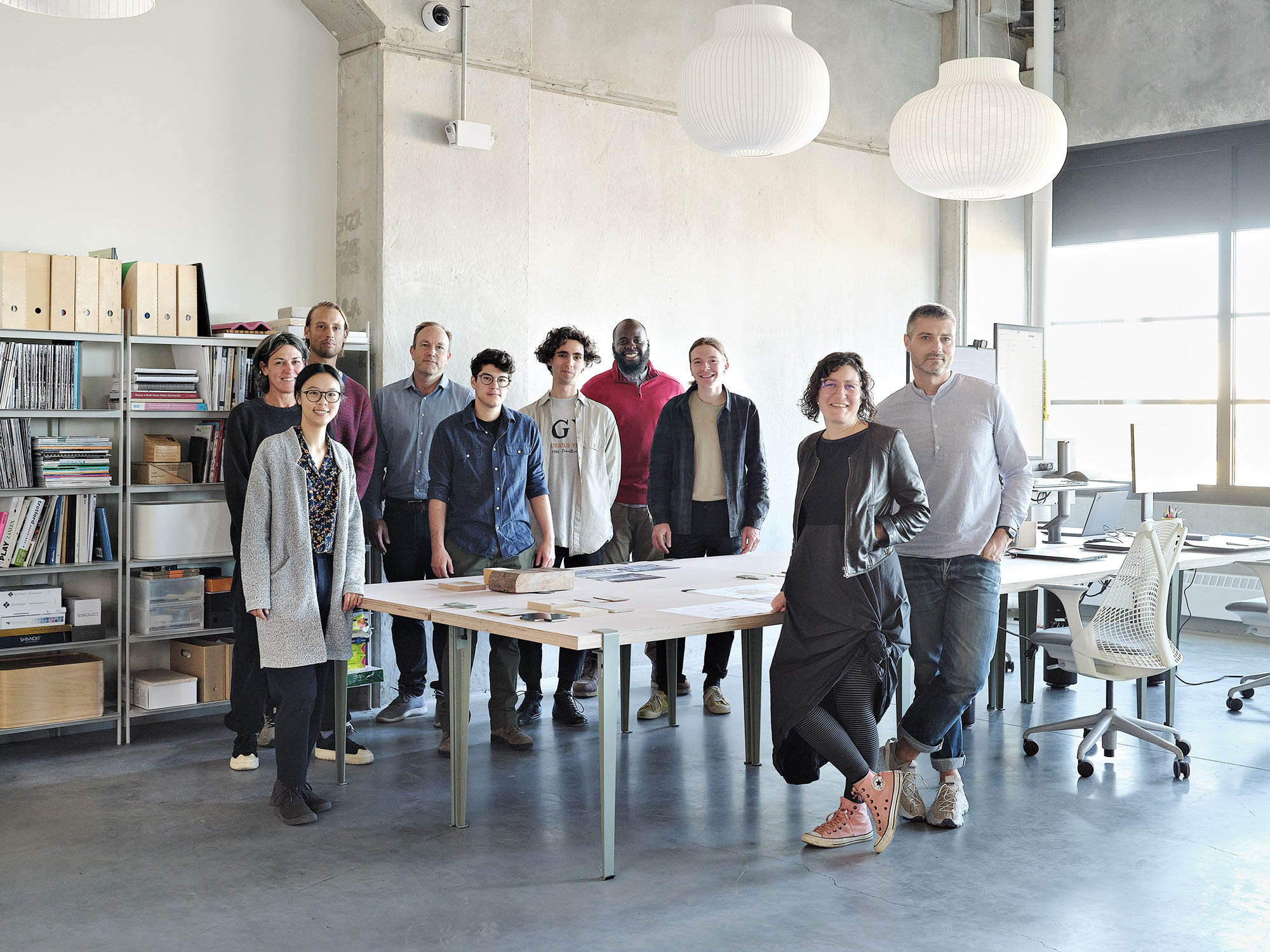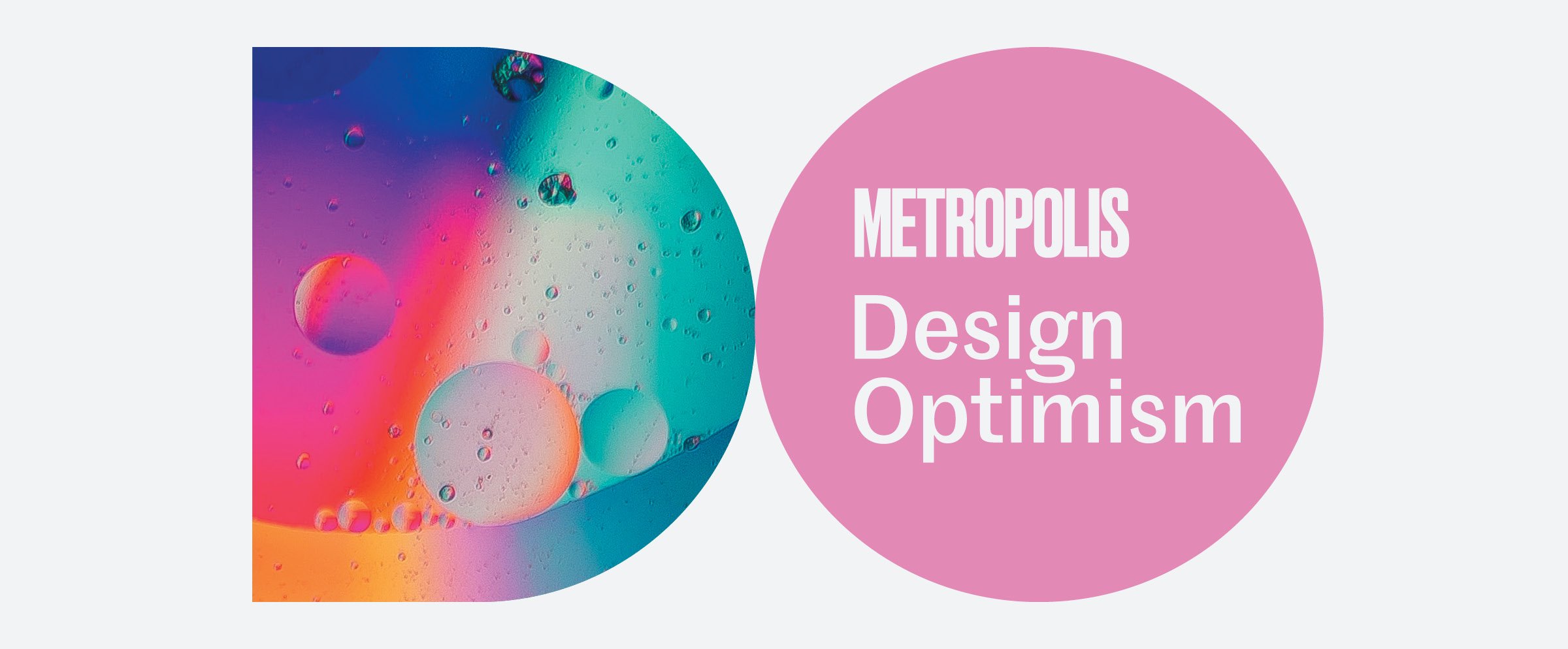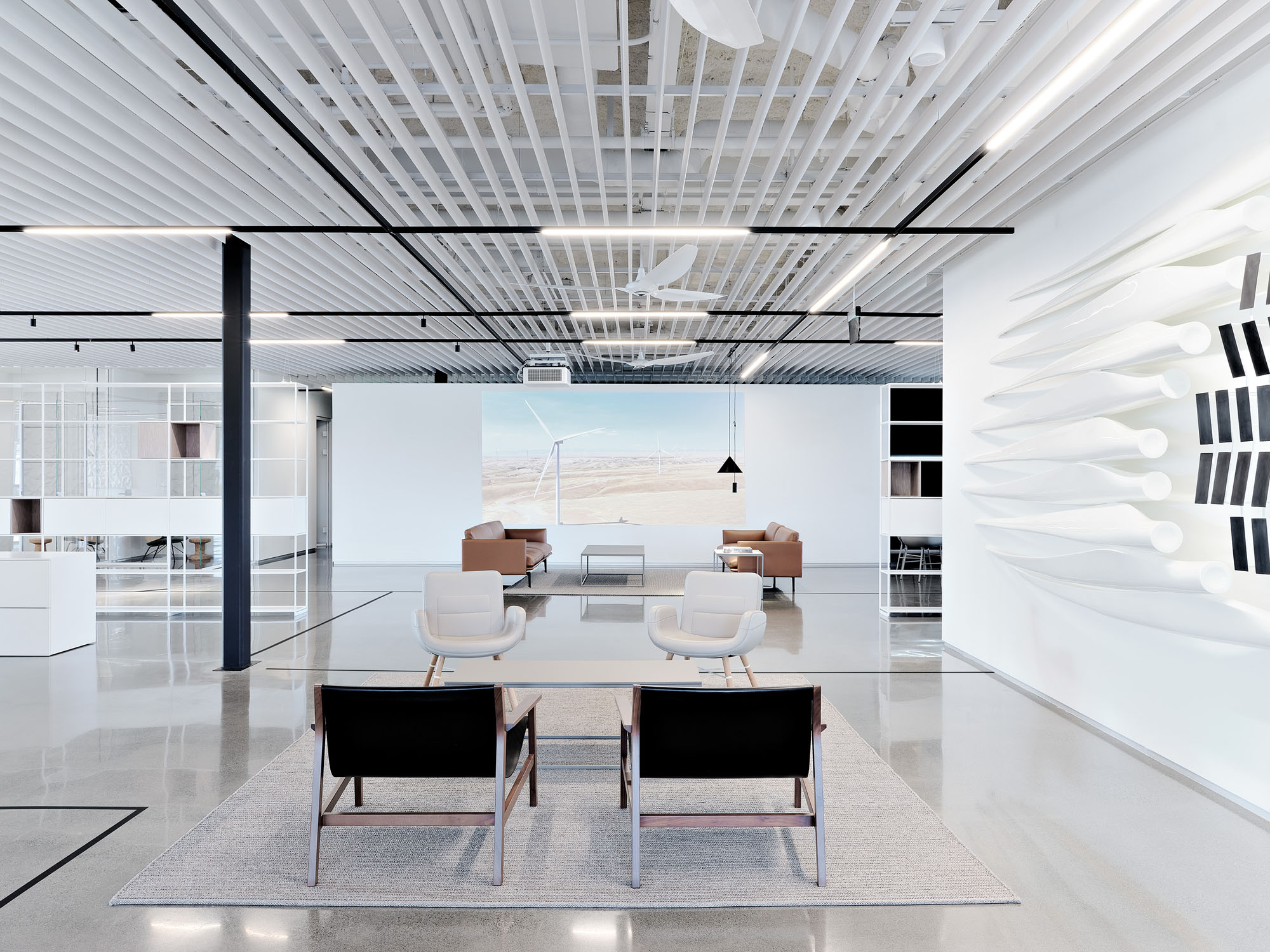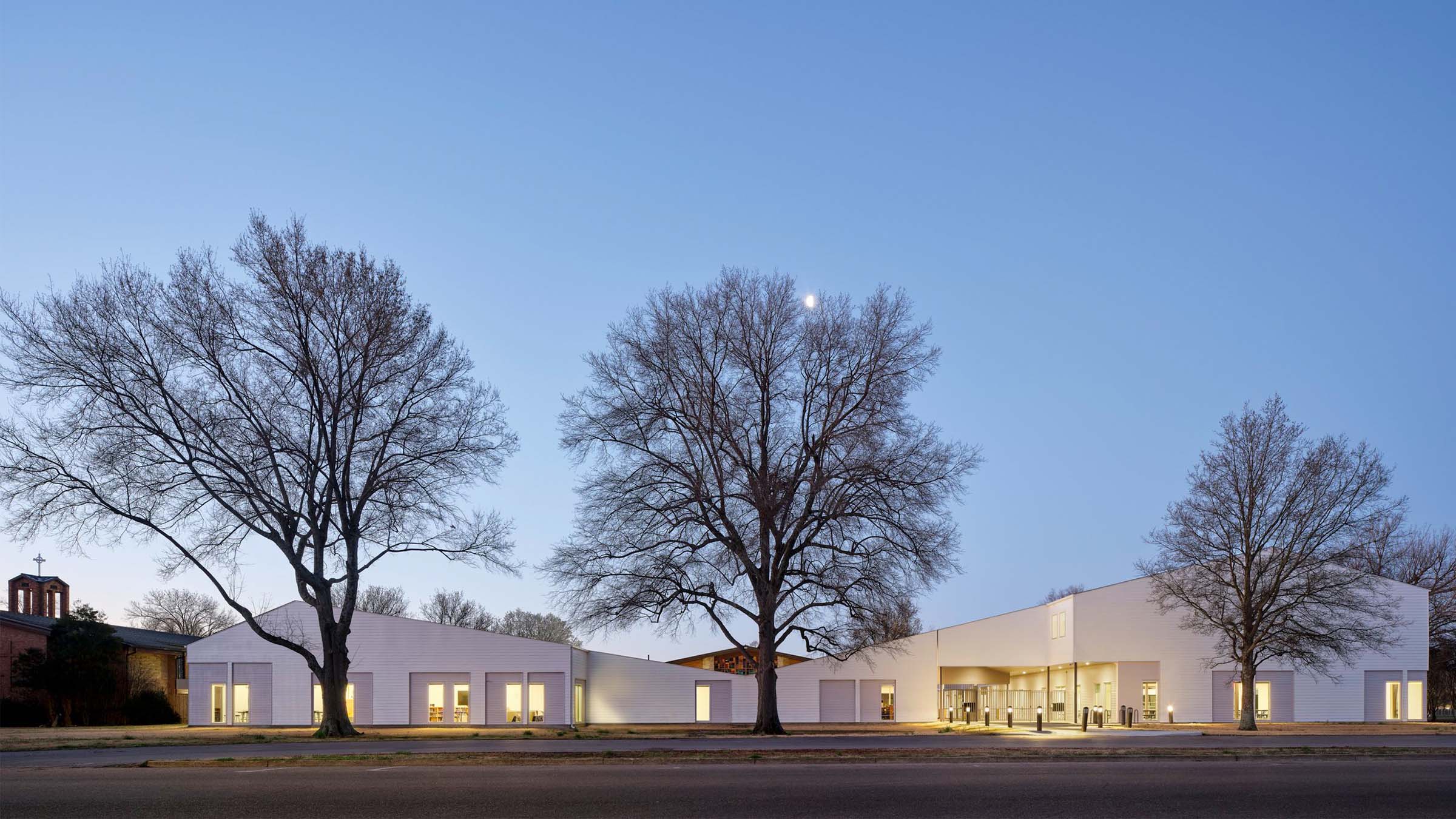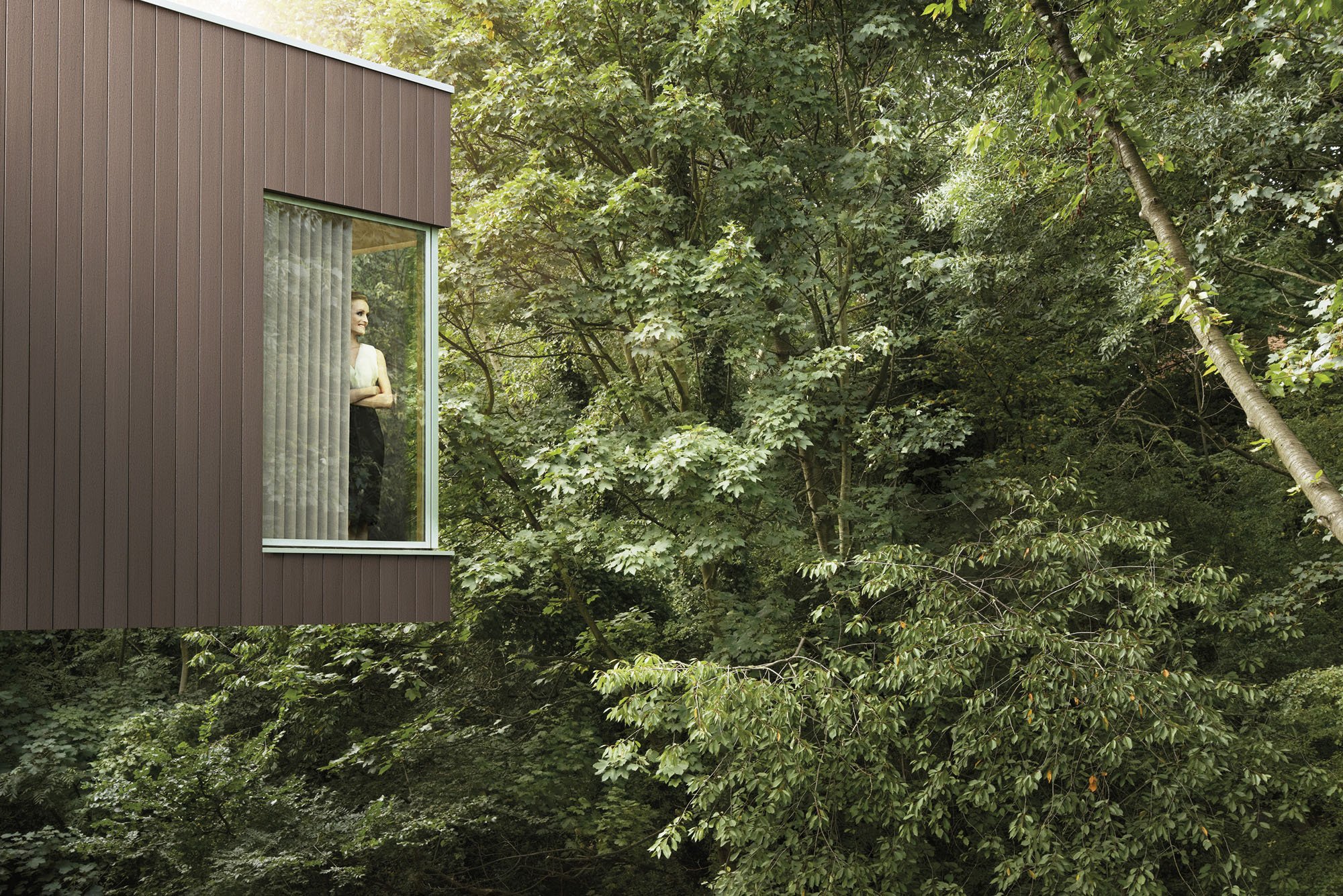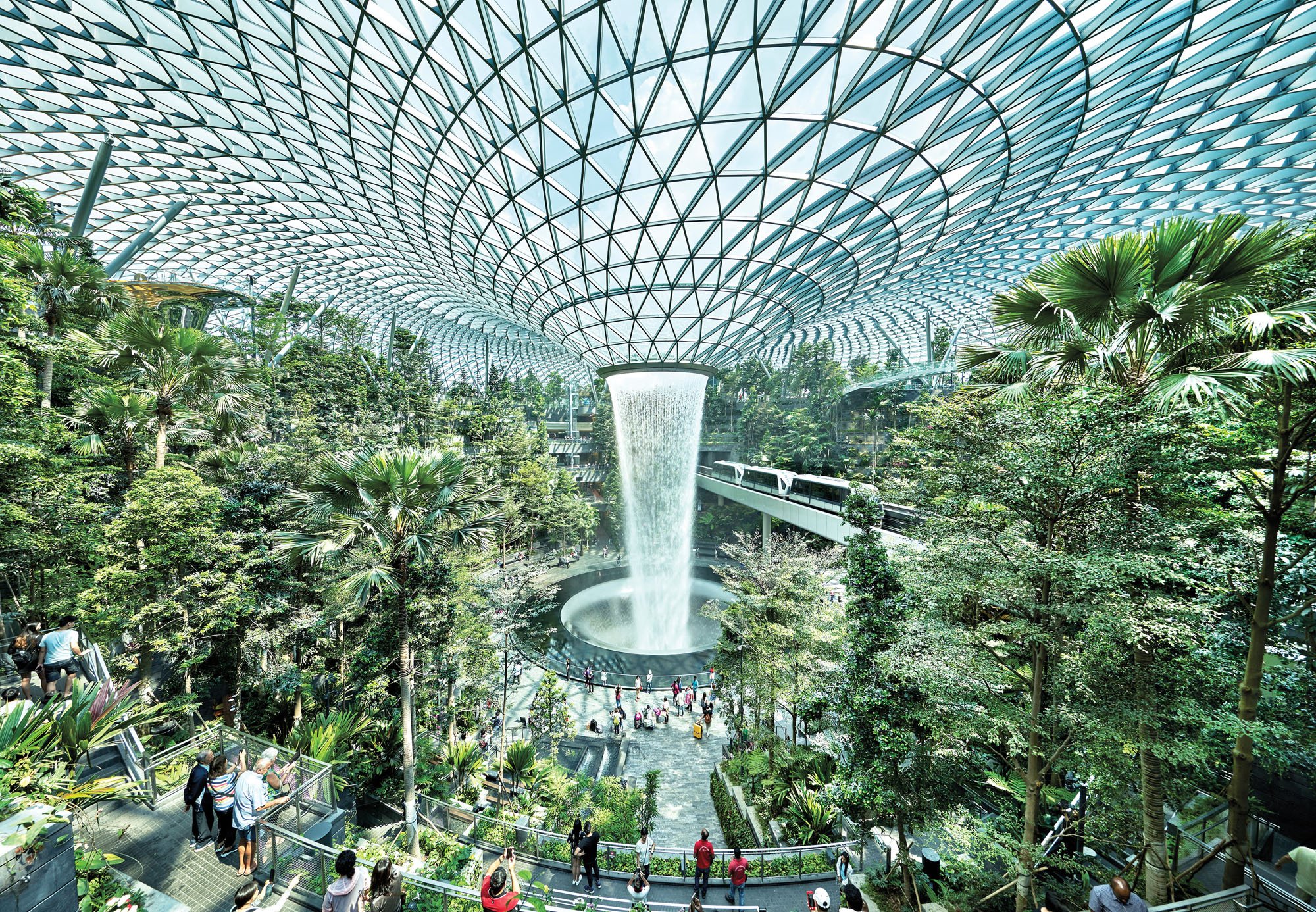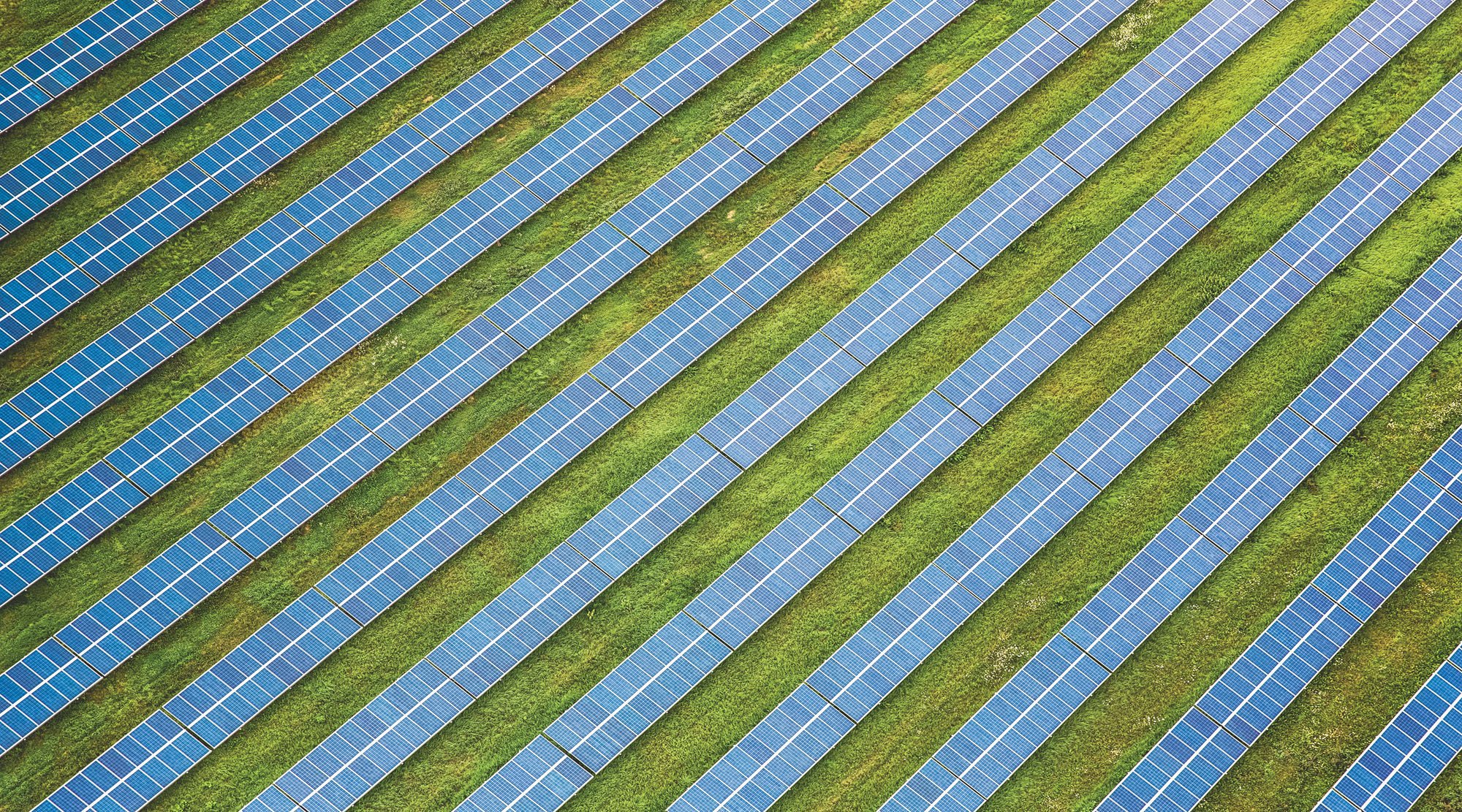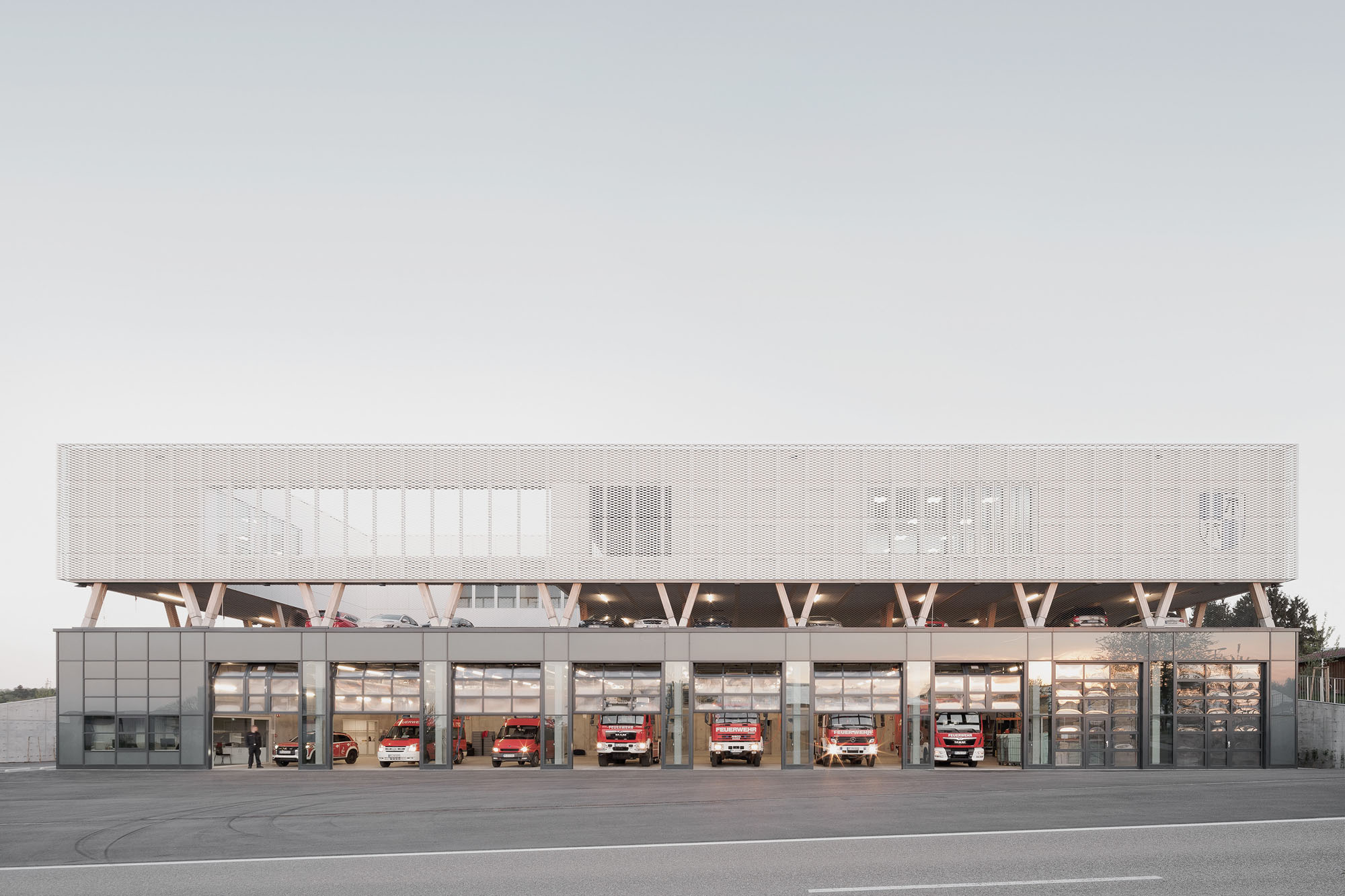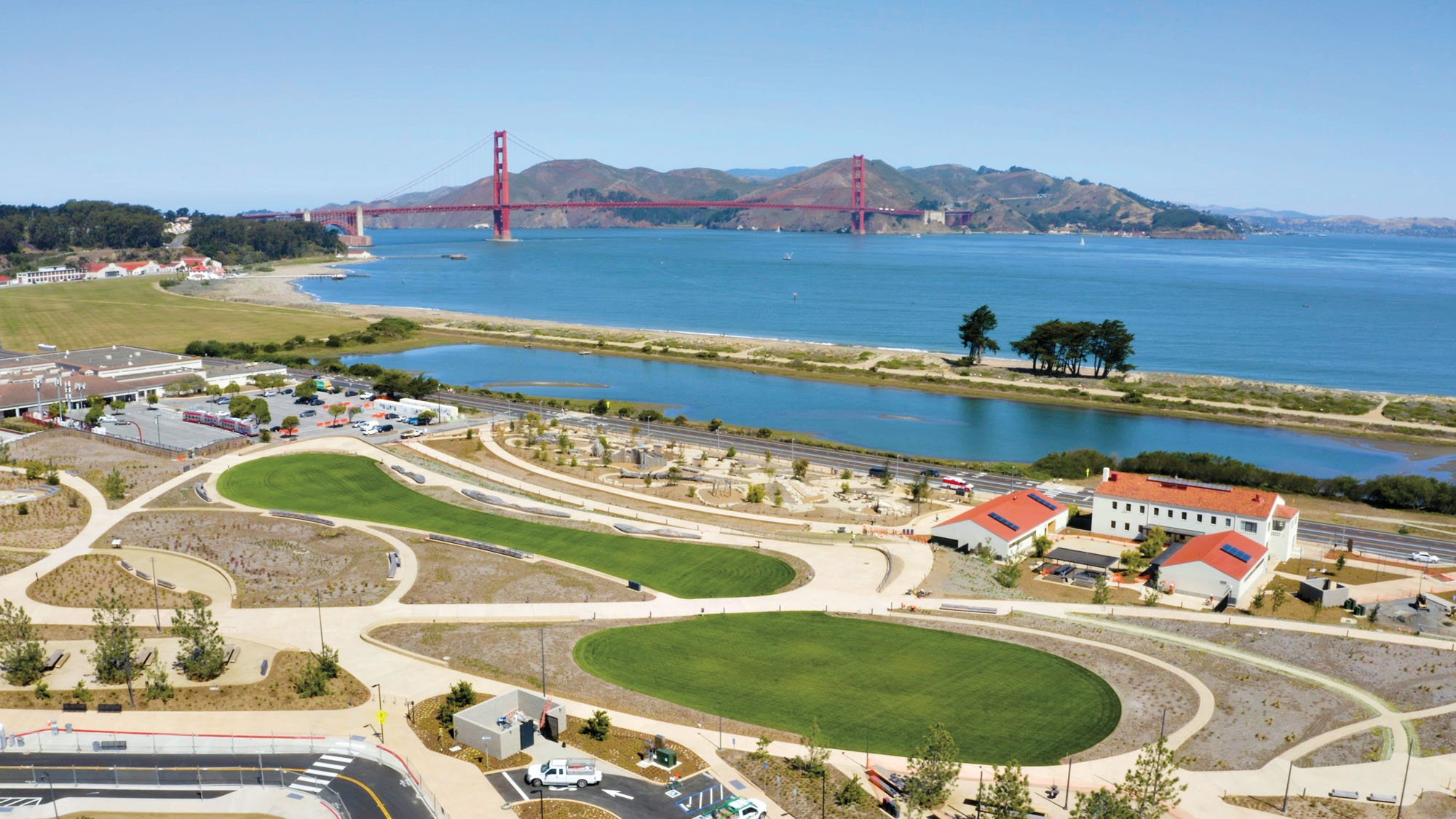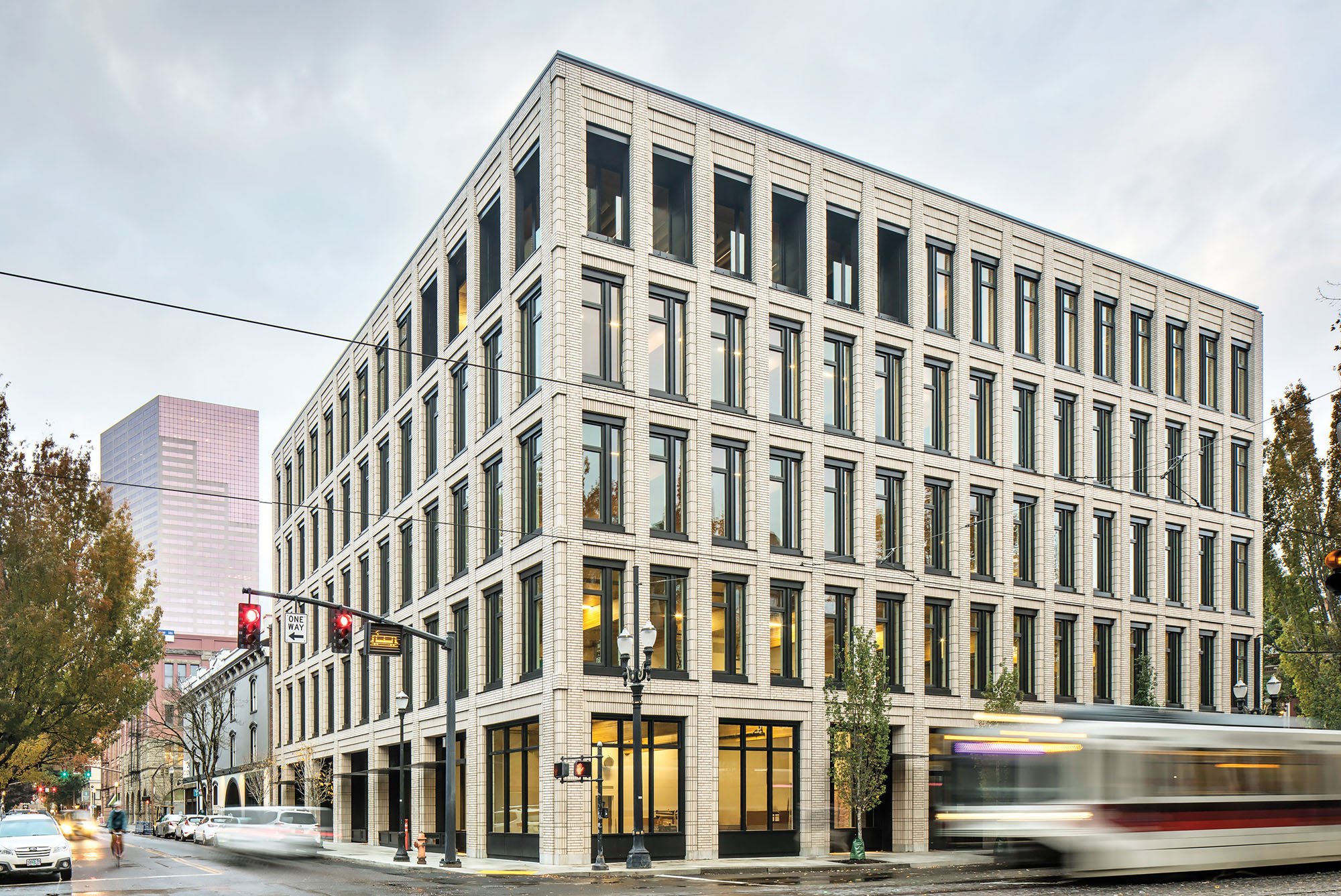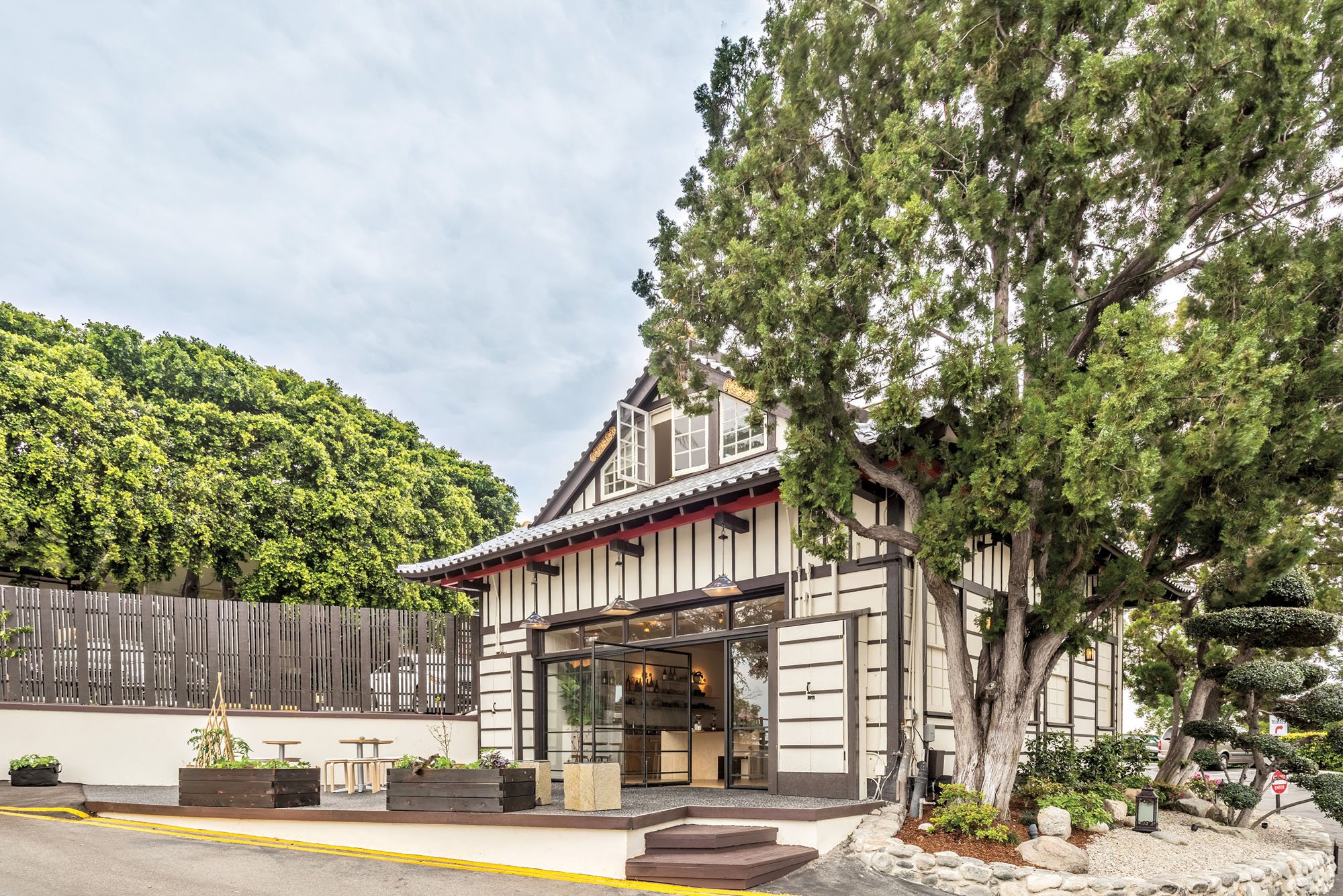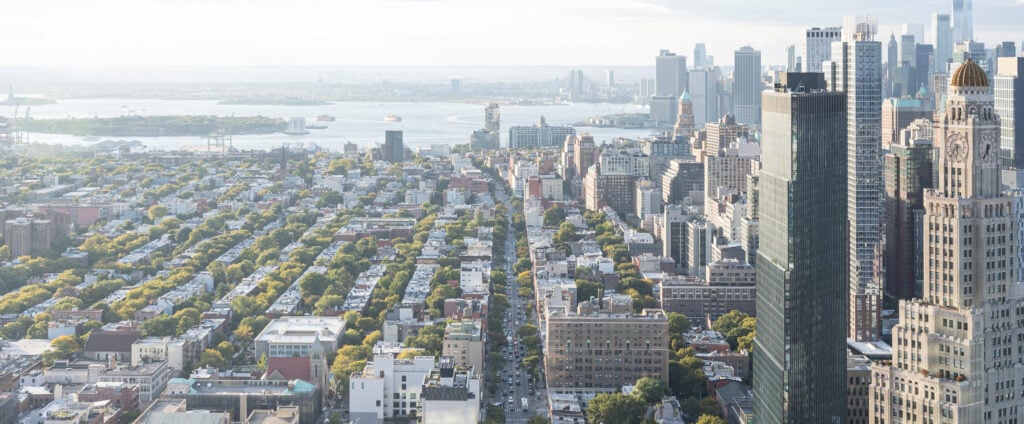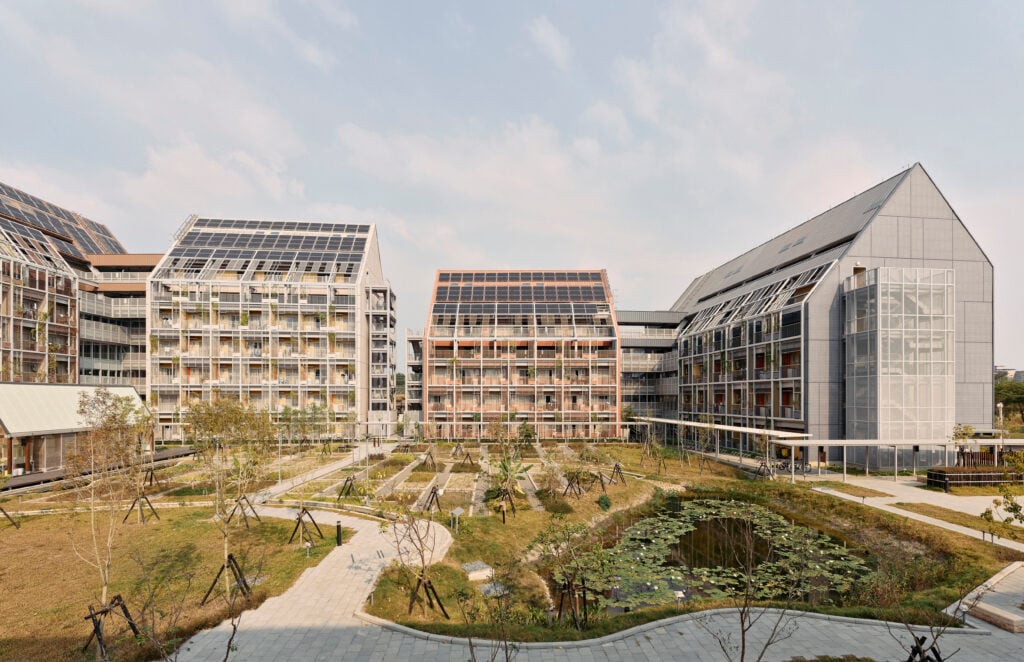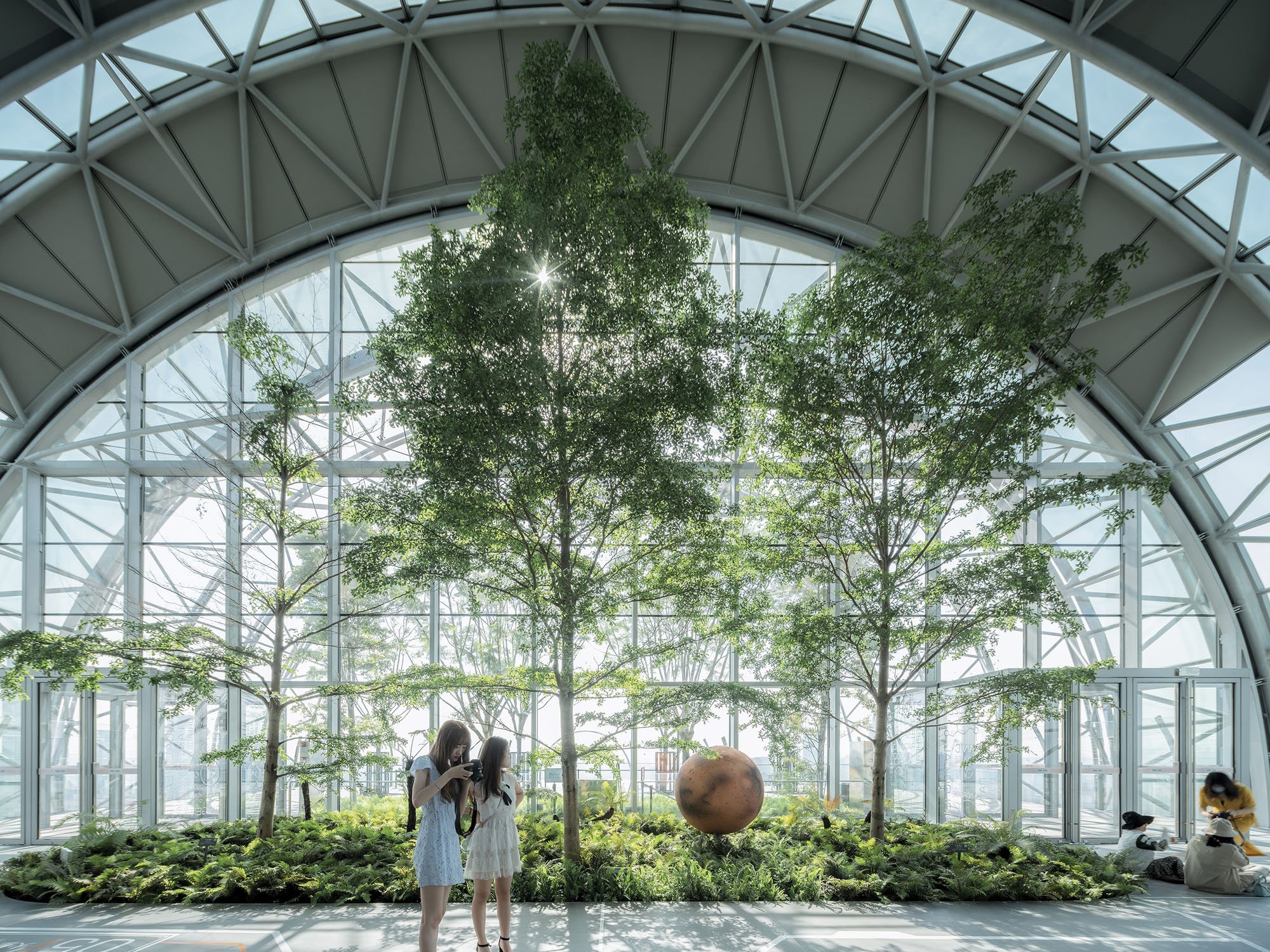
January 17, 2023
How Architects Can Design for Systems Change
Sometimes we forget that the divide between nature and architecture is artificial—and often harmful. We can pretend that there are things on this planet that are “man made,” but the truth is that nothing stands outside nature. The materials we use for buildings are pulled out of the earth; the human intellect and creativity that shapes materials into products, interiors, buildings, and cities consists of neural impulses between brain cells; and the atrocities that we commit in the course of this process are like cancer cells—metastasizing and wreaking havoc, but also still part of the earth.
It is our pretense that there is any kind of barrier between the “natural” and “built” environments that will ultimately kill us. What we do in buildings we do to nature, and ourselves.
Every feature in this issue represents an attempt to restore harmony to the earth’s systems. Architect Moshe Safdie’s five-decade-long architectural experiments (“Moshe Safdie Is Architecture’s Constant Gardener“) are, at their core, an acknowledgment that our bodies and those of plants and trees are tied together in deep evolutionary ways. A little over a decade into their architectural career, the folks at CO Adaptive Architecture (“CO Adaptive Uses Low-carbon Design to Rejuvenate Old Buildings”) are intent upon adaptive reuse and decarbonization. Translate that into “treating materials the way nature does” and “restoring balance to the carbon cycle.”
The same spirit is evinced by the winners of the 2022 Metropolis Planet Positive Awards—projects, products, and people engaged in the pursuit of doing less harm and more good to all life on earth.
We must continue to look beyond the needs of human beings. Countless other species are directly and disastrously affected by the work of architects and interior designers—just look at the harm we are causing to birds here in North America (“Can Architects Build without Killing Birds?”).
Also, in placing big bets on solar energy (“The Next Generation of Solar”) we must keep our eyes on energy equity and justice: It won’t do to repeat our mistakes over the past two centuries with coal and petroleum.
We need systems to change, but let’s remember—the system is us.
Above: At Raffles City Chongqing, built in 2020 in Chongqing, China, Safdie Architects put a fully programmed “horizontal skyscraper” 820 feet off the ground, filled with gardens and amenities that are open to the public all year round.
Would you like to comment on this article? Send your thoughts to: [email protected]
Latest
Profiles
How Alloy Aims to Decarbonize Real Estate
The developer behind New York City’s first all-electric skyscraper and first Passive House public school shows us what the building industry could be.
Projects
Taisugar Circular Village is a Model Case Study for Circular Economies
The Taiwanese project by Bio-architecture Formosana claims to be the first residential village in the country to be integrated within a circular economy.
Viewpoints
3 Sustainability News Updates for Q1 2025
Local laws, easy-to-access tools, and global initiatives keep the momentum on green building going.





